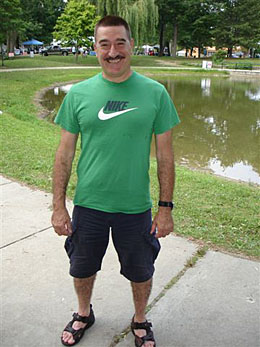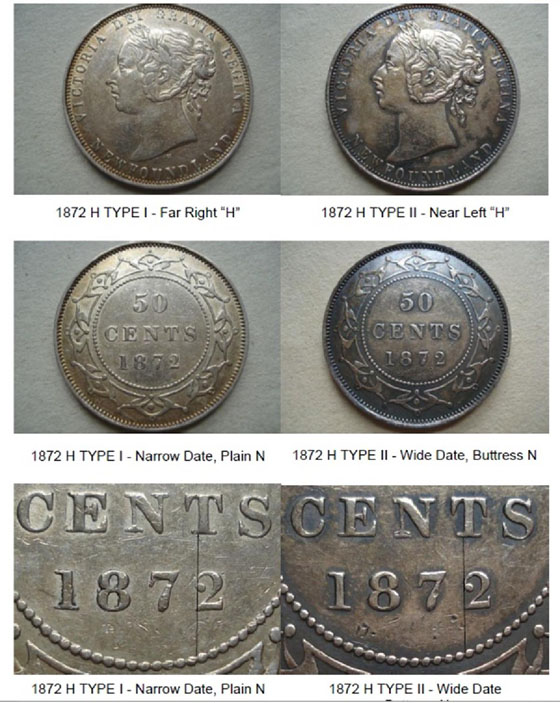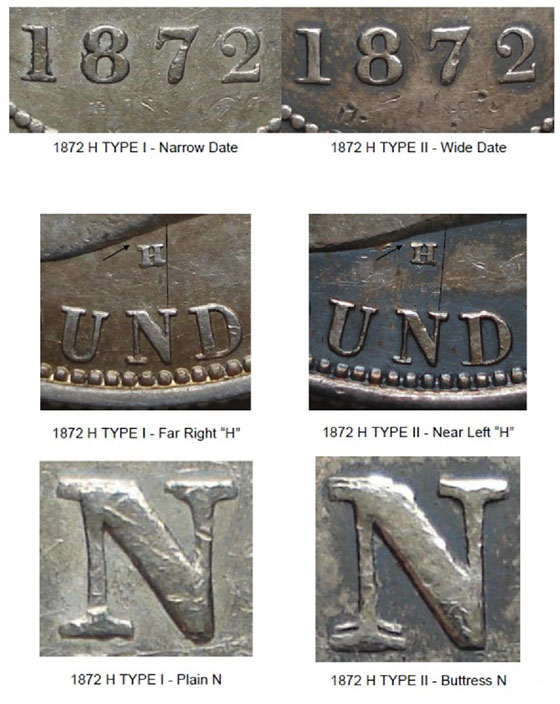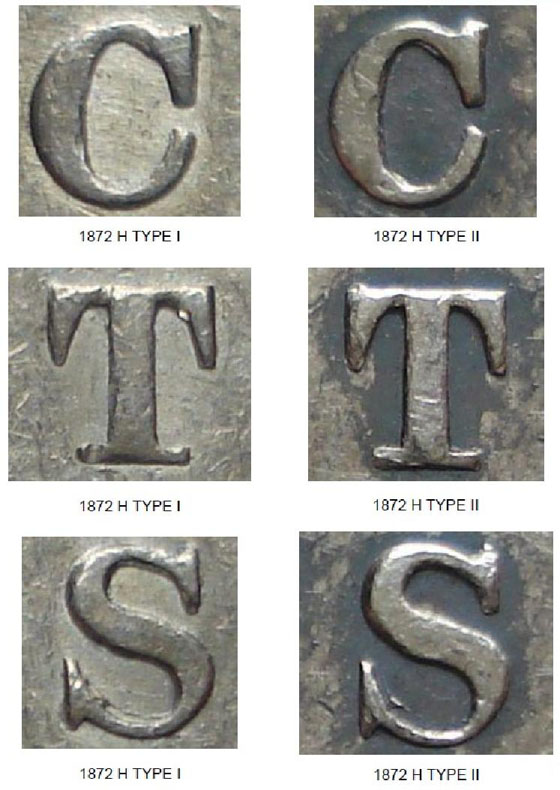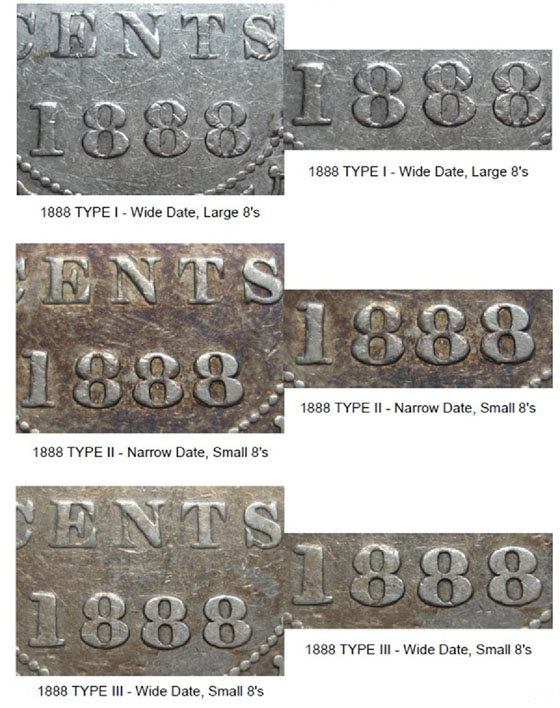|
“The purpose of this book, is to create a general reference document which will fully illustrate and contain comprehensive listings, of as many Newfoundland coin varieties as possible! My intentions are to approach this subject in a fresh and original fashion, while also incorporating any of the currently, known varieties. Because of the size of this project, it will not happen immediately and it will definitely take much more research and hard work to achieve this goal, but with this publication, the beginning of this series has finally arrived!
“The contents of this book will be limited to those varieties which occurred as a result of the intentional changes and modifications made to the production dies. I will not be considering mint errors unless, they are significant and unusual or if their origins are questionable.
“Also, I will not be including any pricing tables listing these varieties because most have never been exposed to the market place. After all, the only true value of anything, is what a person is willing to pay! However, I will include population tables based on my findings and with these, I will attempt to make some general projections as to the relative rarity of these varieties. It may not seem to be very scientific but it appears to be surprisingly useful in this respect! I will be explaining more about these at the beginning of this section.
“It was nearly five years ago when I purchased an 1888 Newfoundland 20-cent coin, which struck me as looking a bit odd but at the time, I really couldn't say why it seemed particularly different. I already had an 1888 example in my collection but I was looking for an upgrade and this new coin was to be the replacement. It wasn't until I placed the two coins side by side, before I was really able to identify exactly what that difference was. The date and specifically the 8s were different! My new coin had two short, stubby little 8's that were nearly touching each other, whereas, the original one had tall, elegant and well spaced 8's.
“In addition, I noticed that the last 8 on my newest coin, was considerably farther from the ring of beads than the one from my collection and it had also been repunched! The difference between these two coins was so significant and obvious, that I could not imagine why it had not been previously identified and catalogued!! It is unimaginable why such a variety was left unnoticed and unrecorded for all these years! How many more of these anomalies are still out there, waiting to be discovered?
“The best part about this discovery, was that I didn't need an electron-microscope to see these variations. Now that I have unearthed something new, I have become even more curious about the Newfoundland coinage and what other secrets are still hiding from site. It was at this time that the hobby had taken on a whole new meaning to me because I had now become less of a collector and more of a pathfinder.
“Initially, my interest focused on the Victoria 20 Cent coins and I made a point of taking photographs of every example that came into my possession, with the hope that one day, I would make another discovery. It did eventually happen but it took a long time. Finally, when I did find something, I was more confused than enlightened! I had a small group of 1900 Newfoundland 20-cent coins which I could see appeared different from each other but I just couldn't seem to make them fit into any logical group or variety. It never occurred to me that my problem was that I was trying to fit all of them into two distinct varieties when all the while, I had three different coins! It was like trying to put round pegs into square holes! Once I understood my problem, it was then easy to find a category for each one. Instead of having just two varieties for 1900, I now had three!
“In 2006 at the Spring Torex show in Toronto, I took two rough drafts of my work on both the 1888 and 1900 Newfoundland 20-cent coins. I had previously met a few collectors who learned about my discoveries and they asked me if I would bring some of my findings to the next show. Without hesitation, I agreed to this because it would give me a great opportunity to tap into the expertise of some very knowledgeable collectors of Newfoundland coins and at the same time get some free advice and feedback from them.
“At the time, I remember referring to these as my completed works on these two dates, which invoked a slight rebuke from one of my friends who was quick to correct me by pointing out that these should be referred to as only preliminary works. He advised me that I had to allow for the possibility that in the future, I might find some more varieties for these two years! This advice proved to be invaluable because a year later, I discovered a fourth and very rare variety for 1900. It was a lesson that I have never forgotten and always appreciated!
“It seemed that once I had made a few discoveries, it became almost easy to find others. I suppose that this whole process was training my eye to focus in on any minute differences between the coins that I was researching. Since I made that first discovery more than six years ago, I have unearthed dozens of important new varieties and these numbers just keep on growing!
“Originally, I had focused my search on the Victoria 20-cent coins but I quickly expanded my areas of interest into the 10- and 50-cent Newfoundland series as well. Eventually, I plan cover all of the Newfoundland decimal coinage but it will undoubtedly take many more years of research before I have achieved a comprehensive volume of Newfoundland varieties. I know that I still have a lot of ground to cover but I feel that I now have enough material to produce a first edition, with others to come in the future. This first book was originally to be dedicated to the Victoria series but it has now been expanded with the inclusion of a very comprehensive George VI section. Perhaps there will even be a few other surprises by the time I get this one published.
“Over the past several months, I have had many discussions with both collectors and dealers and I have noted that their opinions reflect somewhat different interests. The collectors appear to be much more receptive to the publication of a reference book which recognizes the importance of inclusion, regardless of how trivial it may seem! The dealers on the other hand, seem to appreciate the more popular and recognizable features of a particular coin. Naturally, this is understandable considering that they really cannot afford to stock items which would be too costly for them to do so. However, the purpose of this book is to cover both interests adequately. To exclude one is to exclude all, because a hobby is the sum of all of its parts!
“The dialogue that I have had with various individuals, has in some instances, been a concern to me. At times, I have been criticized for not including a particular variety or for incorrectly describing some aspect of its existence. I have no problem making changes in order to correct some error, and I certainly welcome any additions which will supplement and improve the current material. There is a vast pool of experience and knowledge out there, which really only surfaces, either in passing or when something like this book appears and it would be a shame not to tap into it! However, I can only make these changes if individuals make their thoughts known to me or if they present a new or different variety so that the material in this book can be properly updated.
“Finally, I want to note that my purpose is not only to identify the numerous varieties but also to let the coins tell their own story. You might say that it is a forensic study of the Newfoundland coinage! Hopefully, the final results would be to learn the reasons why the mint officials felt that they had to make these changes or why a specific variety occurred in the first place. I have drawn some conclusions which might be right or wrong but I am more interested in opening up a dialogue which would present some other interesting ideas.”
Below are sample pages from Barry’s book. Stay tuned for its exciting publication! It will be terrific to have such a valuable resource!
|

